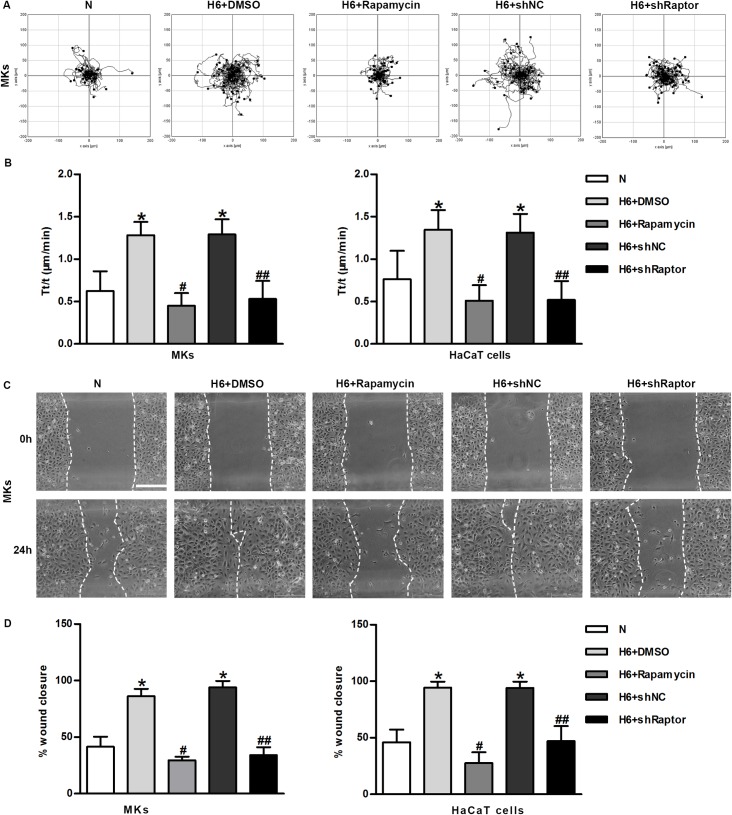Fig 3. The mTORC1 pathway is required for hypoxia-induced keratinocyte motility and migration.
(A) The movement trajectories of cells with mTORC1 inhibition under normoxic or hypoxic culture condition. (B) Statistical analysis of the trajectory speeds of mTORC1-inhibited MKs and HaCaT keratinocytes. The data were from at least 100 cells in 3 independent experiments and are shown as the mean ± SD. N, normoxia. *P< 0.05 versus the N group. #P< 0.05 versus the hypoxia 6 h + DMSO group. ##P< 0.05 versus the hypoxia 6 h + shNC group. (C) Wound-healing assays were performed using Culture-Inserts. The cell migration of normoxic and hypoxic MKs with mTORC1 inhibition were recorded for 24 h after wounding. Scalebar = 200 μm. The wound closure (%) was the reduction in the original cell-free wound area. (D) The graph represents the mean ± SD (n = 3). N, normoxia. *P< 0.05 versus the N group. #P< 0.05 versus the hypoxia 6 h + DMSO group. ##P< 0.05 versus the hypoxia 6 h + shNC group.

